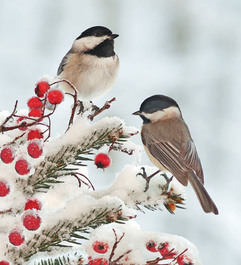Sign Up for Newsletter
Sign up to receive our monthly newsletter and receive a heads up on all our latest sales & offers!
F ocusing on feeding the birds, could yield months of magnificent bird-watching. Since most birds that stay in colder regions eat seeds, especially when insects become hard to find. So, if you want to keep a variety of species visiting your feeders. Then you’ll want to offer a variety of food. Check out Blue Seal’s selection of seeds specially formulated to entice a wide variety of birds.
ocusing on feeding the birds, could yield months of magnificent bird-watching. Since most birds that stay in colder regions eat seeds, especially when insects become hard to find. So, if you want to keep a variety of species visiting your feeders. Then you’ll want to offer a variety of food. Check out Blue Seal’s selection of seeds specially formulated to entice a wide variety of birds.
Black Oil Sunflower Seeds
Safflower Seeds
Nyjer Seeds
White Millet Seeds
Suet
Peanuts And Cracked Corn
Water Is The Best Attractor
When starting up a feeding program, be patient. It may take several weeks before the birds discover your feeders. While you wait, be sure to keep the feeders filled and that your feed is securely stored in a pest-proof manner. Eventually, the birds will come especially after that first storm hits. Lots of colorful, feathered fun to look forward to on a cold winter day.
Sign up to receive our monthly newsletter and receive a heads up on all our latest sales & offers!